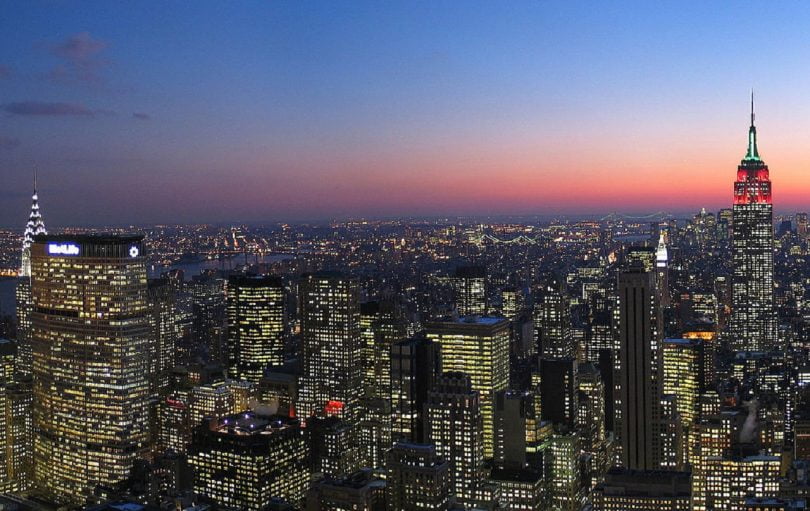The power of cinema lies in the effects films have on people. Films can make you cry, laugh, alter your opinions, influence you, be representative of a milestone in your life and can even change your life. Our new weekly film column, ‘The Film That…’, explores the impacts of cinema on people. This week, Alex Veeneman shares how Manhattan helped him realise there is sometimes more than what meets the eye.
The films of the American director, writer and producer Woody Allen are an acquired taste. The films he has produced over the span of five decades range in subject, from sex, lust and relationships, to the chronicling of life and its adventures, through the eyes of eccentric, bold, and varying characters.
Those trends are prevalent in the 1979 film Manhattan, released two years after the critically acclaimed Annie Hall. The film’s roots lie in the fight on the future of a circle of friends and their relationships, in particular that of Allen’s character, Isaac Davis, an eccentric writer attempting to find love in New York. An exposé however is at work by his former wife, Jill, who has since come out as a lesbian and plans to write a book about their marriage.
Yet, in spite of the chronicling of the relationships and the lens Allen takes, which may turn some viewers off the idea of the film, this is more than just about relationships. To Allen, this would be a nod to his hometown of New York, and an attempt to convince the public that the largest city in the United States is more than just a city full of lights and glamour, that there is a deeper meaning and there are elements that bring the city together.
A symbolic gesture
What came was a film made in black and white with a musical backdrop of the songs of legendary composer George Gershwin. It was a statement of affection, a statement only Allen himself could make.
“I wanted to show New York in a very beautiful way, the way I see it,” Allen said in an interview on US television in 2011. “I never had any interest in showing it except through my rose-colored glasses, my romanticized view of it.”
Even though Allen himself despised the film after its release, it was another smash hit, and would be nominated for two Oscars, one for Best Supporting Actress Mariel Hemingway, the other for the screenplay, which Allen co-wrote.
More than what it seems
Yet, what allows this film in particular to shine among Allen’s vast catalogue of subjects is the visual act of symbolism embellished. New York became a character, the main point that connects these friends, their relationships, and their acts, and over 35 years later, brings lessons about the portrayal of New York’s image in mainstream culture.
As I type, I recall seeing on television the last portion of a performance recorded at Lincoln Centre, one of the city’s premier performance venues. It reminded me of the contribution New York has to the wider society, the image it’s known for – its effects on culture, media, industry, and life itself.
Allen has shown with Manhattan that while these things are good and indeed part of the image, it is down to the little intricacies that allow New York to be distinguished among other cities, that there is more than meets the eye.
If Allen has done anything of worth in his cinematic career, he has shown New York as not just a tourist attraction nor a place to jumpstart a career, but as a distinctive, always evolving chapter of the book on the evolution of American life, a chapter you return to again and again, wondering what else there is to discover, and what more can be told.









